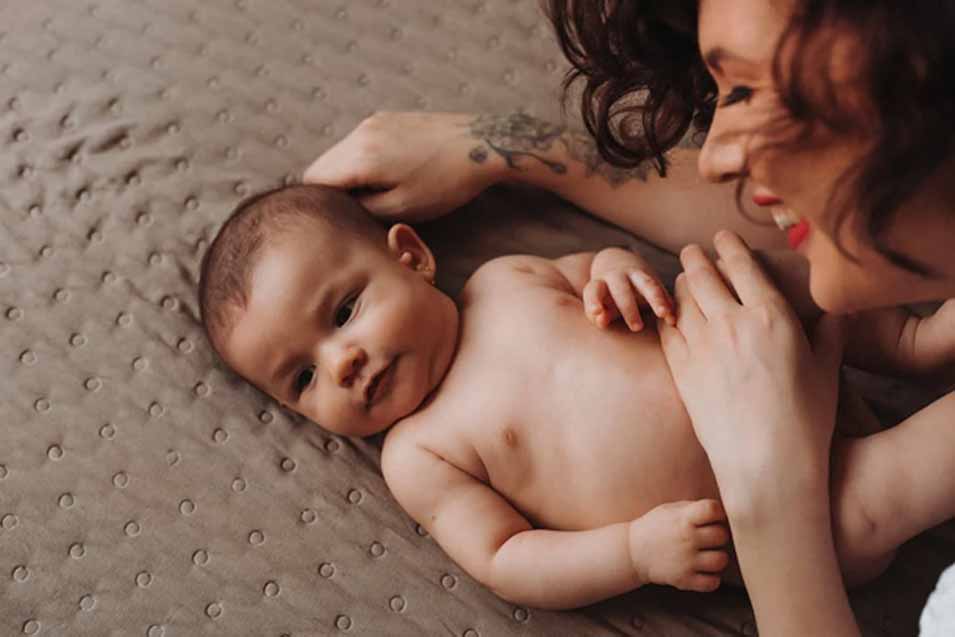
If you likened parenthood to a roller rollercoaster ride, no one would blame you! It’s filled with ups and downs, stress, and stress and anxieties– perhaps in equivalent step with bouts of excitement, thrills, and surprises.
It’s even more daunting for new mommies– who may not have a clue about what it means when the child sobs frantically or sweats profusely. When it comes to the latter, we all know (hopefully) that fever is not a good idea. It could suggest a health concern that calls for a see to your family practitioner or pediatrician ASAP.
How do you tell if your kid is simply ‘generally hot’ or having a fever? Let’s look at some signs to look out for.
FEVER IN BABIES AND WHAT IT COULD INDICATE
When your child has a fever, it’s vital to understand the possible causes. A raised temperature level might show a typical infection like a cold or something more severe, such as ear infections, urinary system infections, and even meningitis.
Early identification and proper medical attention are important for your little one’s health and wellness.
In a nutshell, some medical problems a fever might indicate in babies consist of:It’s important to recognize the indications of fever in your child early on. Here are 5 crucial signs that ought to trigger you to get them inspected:.
1. High Temperature: What Temperature Counts as a Fever in Children?
Keep in mind, fever is the body’s natural response to infection or inflammation. As one of the methods fever manifests, temperature changes can serve as a crucial sign of your kid’s health status.
If your infant is under 3 months and has a temperature level of 100.4 ° F( 38 ° C) or higher, seek medical attention immediately as this might show a major medical issue.
2. Chills and Sweats.
Alternating chills and sweating prevail signs of fever as the body attempts to regulate its temperature. If these symptoms continue regardless of administering fever-reducing medications or if your kid appears abnormally distressed, speak with a medical professional right away.
3. Loss of Appetite.
An ill child might refuse meals or reveal little interest in eating their preferred foods when they have a fever. If this continues for more than 24 hours or is accompanied by dehydration symptoms (such as dark urine), it’s important to seek medical help quickly.
Bear in mind, a kid’s anorexia nervosa could likewise result from tension, medication side effects, or other unassociated illnesses, so it’s important to assess the general health of your child and observe any additional signs.
4. Sleepiness and Irritability.
Tiredness, drowsiness, and increased crankiness could indicate that your child is not feeling well due to a fever. These should not be so hard to identify if you’re committed to caring for your child.
Also, watch for relentless modifications in state of mind or energy levels that surpass typical exhaustion, as these indications can assist validate the presence of a fever and may warrant a physician’s check out.
5. Flushed Skin.
Red or warm cheeks are frequently observed throughout fever episodes as the body increases blood circulation near the skin’s surface area to help disperse heat. However, it’s important to validate the existence of a fever with a thermometer and monitor other signs closely, as flushed skin alone might be triggered by aspects like physical exertion or exposure to heat sources.
To summarize, staying vigilant in acknowledging signs of fever in your infant or child is crucial to guaranteeing their health and wellness. Timely identification of symptoms can cause early medical intervention, avoiding additional medical issues or complications from the underlying issue.
Keep a close eye on these indications, and never be reluctant to speak with a health care expert if you’re worried about your child’s well-being. Remember, it’s better to be careful and proactive when it concerns the health of your kid.



